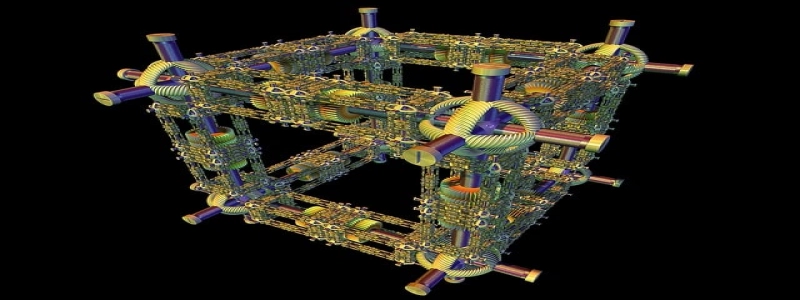5G Transceiver
Introduction:
The 5G transceiver is a crucial component in the infrastructure of 5G wireless networks. It is responsible for transmitting and receiving signals across the network, enabling high-speed data transfer and seamless connectivity. In this article, we will delve into the details of the 5G transceiver, its functionalities, and its importance in the 5G ecosystem.
I. The Basics of a 5G Transceiver:
A. Definition: A 5G transceiver is a device that combines a transmitter and receiver into a single module, capable of transmitting and receiving signals over the 5G network.
B. Frequency Bands: 5G transceivers operate across a range of frequency bands, including low, mid, and high bands, each offering different strengths and capabilities.
C. Antennas: The transceiver includes multiple antennas to facilitate efficient transmission and reception of signals.
D. Integration: The 5G transceiver is highly integrated, enabling it to handle complex modulation schemes and multiple input-output streams simultaneously.
II. Functionalities of the 5G Transceiver:
A. Signal Transmission: The transceiver converts digital data into high-frequency signals suitable for transmission over the 5G network.
B. Signal Reception: It receives and demodulates the signals transmitted over the network, extracting the digital data for further processing.
C. Beamforming: The transceiver employs beamforming techniques to direct the signal towards the desired user, optimizing signal quality and coverage.
D. Massive MIMO: Multiple-Input Multiple-Output (MIMO) technology is implemented in the transceiver, allowing simultaneous transmission and reception of multiple streams, enhancing network performance and capacity.
III. Importance of the 5G Transceiver in the 5G Ecosystem:
A. Speed and Capacity: The 5G transceiver plays a crucial role in achieving the high data speeds and increased network capacity promised by 5G technology.
B. Low Latency: By reducing network latency, the transceiver enables real-time communication and supports applications such as autonomous vehicles and remote surgery.
C. Connectivity: The transceiver ensures seamless connectivity across the 5G network, enabling uninterrupted communication between devices and services.
D. Future-Proofing: As technology advances, the 5G transceiver can be upgraded to accommodate new features and functionalities, ensuring compatibility with future network requirements.
Conclusion:
The 5G transceiver is a vital component in the architecture of 5G wireless networks. Its ability to transmit and receive signals across various frequency bands, along with advanced technologies like beamforming and massive MIMO, enables high-speed data transfer, low latency, and seamless connectivity. The importance of the 5G transceiver in the 5G ecosystem cannot be overstated, as it paves the way for revolutionary applications and services that will shape the future of communication.








